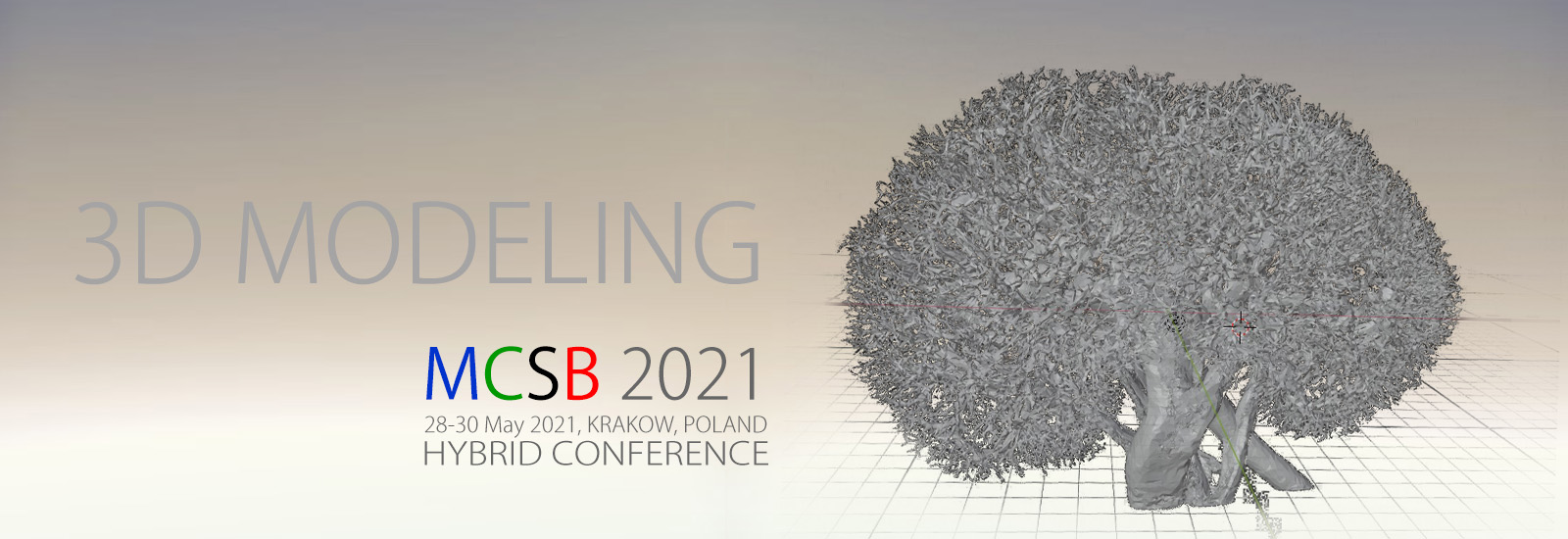ANALYSIS OF BIOMECHANICAL SIGNALS IN THE SUBCLINICAL ASSESSMENT OF PSYCHOMOTOR FUNCTIONS IN SENSORY-MOTORS PROCESSING CONTROLLED BY CORTICO-SUBCORTICAL LOOPS
Lasoń W 1, Gorzelańczyk EJ 2
1 Department of Bioinformatics and Telemedicine, Jagiellonian University Medical College, Poland
2 Institute of Philosophy, Kazimierz Wielki University in Bydgoszcz, Poland
Introduction: In opioid addicted patients the impaired psychomotor function is observed. Patients have significant difficulty in initiating and controlling movements, impaired coordination, irregular movements and reduce the precision and speed. The study analyzed the signal representing the movement of the upper limb in mapping geometric shapes. Precision mapping requires the full involvement of centers of the nervous system responsible for eye-hand coordination. Obtained signals can be used as objective methods supporting the diagnostic process.
The aim of the study is an objective assessment graphomotor and psychomotor skills and eye-hand coordination in opiate addicted patients treated with substitution therapy. The paper presents the results of statistical and amplitude-frequency analysis of signals obtained during psychomotor tests.
Method and Material: The experimental group consists of 139 opioid addicted patients treated with substitution therapy. Among them 77 are HIV+ (age: 36.2 +- 10.1 years old) and 62 are HIV- (age: 32.8 ± 6.7 y.o.). Healthy control group contains 44 patients (age: 31.3 ± 9.3 y.o.). The original test implemented on a tablet was used. The most accurate mapping of the geometric shapes printed on the sheet with the dominant upper limb was the task of the patients. Patients were tested twice, immediately before and approximately 1 – 1.5 hour after administration of single dose of drug (methadone).
For spectrum of dominant upper limb analysis Fast Fourier Transform (FFT) is used. As a measure of the non-linear distortion wave, Total Harmonic Distortion (THD) ratio was used. THD is defined as the ratio of the sum of the powers of all harmonic components to the power of the fundamental frequency.
Results: The analysis of signals shows reduction of upper limb tremor amplitude after administration of single dose of methadone in the drawing task. Analysis of the spectra of tremors indicate a slight deterioration in the stability of the execute motion in HIV (-) patients and statistically significant improvement in the stability of motion in HIV (+) patients (reduction of amplitude variations for all components, p <0.05).
Conclusions: A single dose of methadone in opioid-addicted individuals improve graphomotor and psychomotor functioning. A reduce of hand tremors and better stability of the upper limb movement are observed, particularly in HIV (+) patients.





